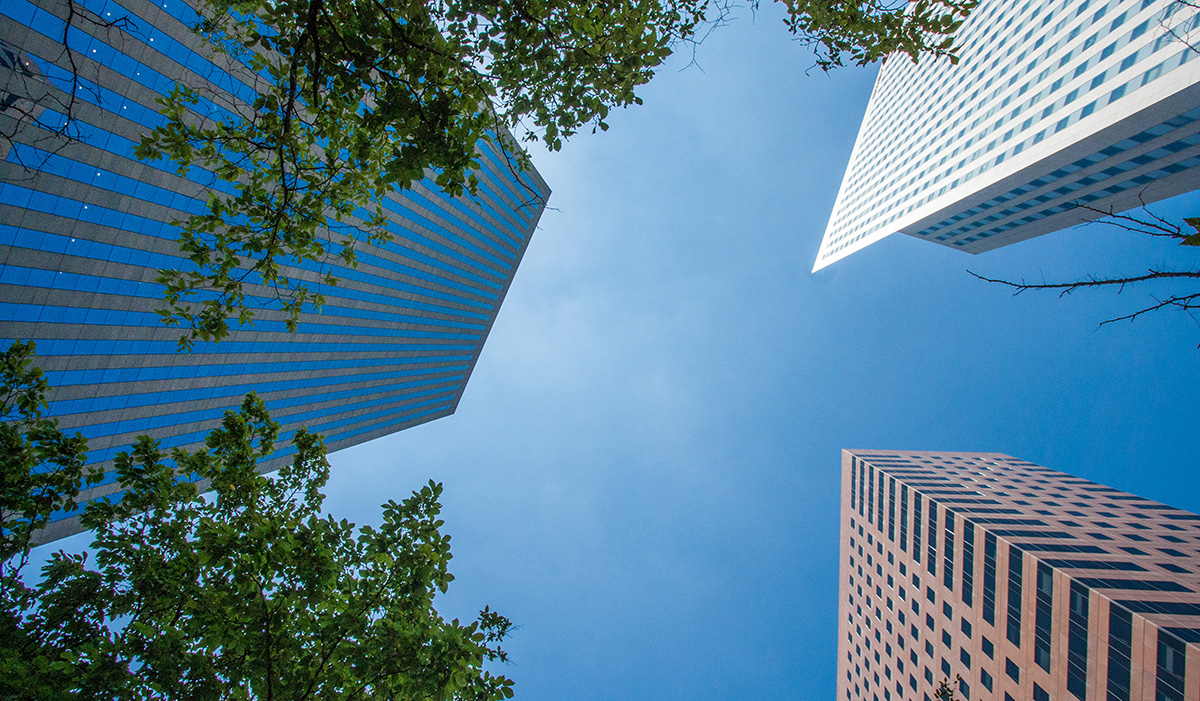With over 7 billion people, our planet is going through plenty of ecosystem transitions. From climate change to biodiversity challenges and changes in cities management, a lot of critical issues are affecting all aspects of our lives; economic, political, and environmental. But as cities get smarter, they still need to be sustainable to survive.
Talking about smart or sustainable cities has always been presented as a paradox, but when it comes to bridging both, engineers of different areas of specialty are at the forefront to actively make our world a better place.
Sustainable vs. Smart Cities
A smart city doesn’t necessarily mean a sustainable one. Some smart cities are driven by a vision of technology for the sake of technology itself without clear long-term objectives as to how they will solve some of the various problems aforementioned.
A city is considered “smart” when it can collect and analyze data from a wide variety of industries: whether it be urban planning or garbage collection and puts this data together along with digital technology supporting it to work towards making better decisions and improving the quality of life.
As for a sustainable city, it’s one that focuses at its core on climate change and developing systems that protect inhabitants and their surroundings. Such initiatives include:
- Green spaces
- Public transportations
- Urban planning and development
- Community facilities
- Infrastructure
- Public space
Ideally, if smart cities want to solve city challenges, their best first step is to bring together key decision-makers like the government, educational and civic organizations, municipalities, NGOs, creatives, architects, and engineers to explore the complexity of the issues they face and involve them in collaborative decision making and future planning of their city.
Taking it to the next level with sustainable smart cities
A smart sustainable city is an innovative city that uses information and communication technology to improve quality of life as well as the efficiency of urban operation and services without jeopardizing its economic, social, environmental, and cultural facets.
The Role of Engineers in Future Cities
The role of an engineer is to tackle some of the world’s biggest problems; helping to save lives and create fantastic new technological advancements that can improve the way we live.
Through its Master in Engineering programme: Energy and sustainable cities specialization, ESiLV engineering school sees this potential and encourages its students from the get-go to develop projects that have an impact on society at a bigger scale. It also prepares them to become the future engineers of tomorrow’s cities.
The main goal of this major is to train students capable of designing, developing, and governing smart buildings and sustainable cities that can enhance people’s quality of life.
The curriculum will share advanced knowledge of energy issues and sustainable development, and is based on three scientific pillars:
- Physics and energy management
- Digital technologies
- Modeling of cities and buildings
To prepare for the challenges future cities hold, engineers need to acquire hard skills for this discipline during their master program:
- Design and implement renewable energy solutions
- Model the life cycle of a building and a city
- Master the technical, societal, and economic challenges of energetic transitions
- Design, size, and pilot productions systems and distribution energy
Needless to say, ethics is the compass to the “new normal”, always at the center of their efforts.
Are you ready to inspire the next generation of engineers?







